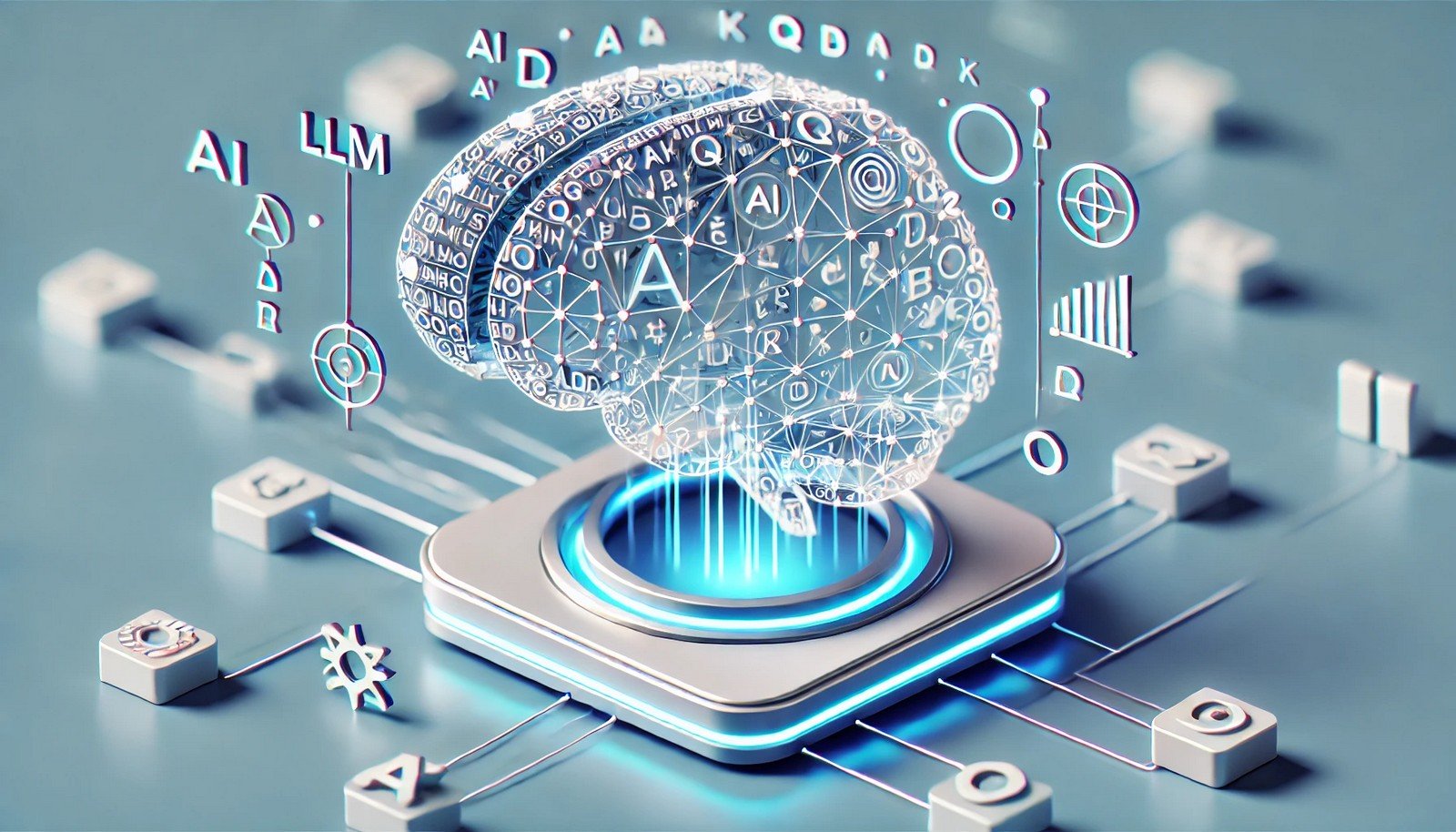LLM Capabilities

Quick Navigation:
- LLM Capabilities Definition
- LLM Capabilities Explained Easy
- LLM Capabilities Origin
- LLM Capabilities Etymology
- LLM Capabilities Usage Trends
- LLM Capabilities Usage
- LLM Capabilities Examples in Context
- LLM Capabilities FAQ
- LLM Capabilities Related Words
LLM Capabilities Definition
Large Language Models (LLMs) are advanced AI models capable of processing and generating human-like language. They’re based on machine learning, specifically trained on vast text data to understand, summarize, translate, and predict language patterns. LLMs rely on deep learning algorithms, often incorporating attention mechanisms and transformers, to analyze language data and generate coherent responses. Their applications range from content creation and customer support to code generation and virtual assistance.
LLM Capabilities Explained Easy
Imagine a very smart robot that reads tons of books and articles. With this information, it learns how to talk and understand what people are saying, like answering questions or helping with homework.
LLM Capabilities Origin
The concept of language models began evolving with early AI research. However, modern LLMs emerged with the development of transformer-based architectures in the late 2010s, driven by companies like Google and OpenAI.
LLM Capabilities Etymology
The term "Large Language Model" refers to AI models trained on extensive language datasets to enhance their linguistic capabilities.
LLM Capabilities Usage Trends
In recent years, the capabilities of LLMs have expanded rapidly due to increased computational power and massive data availability. LLMs are integral to areas like natural language processing (NLP), content generation, and conversational AI. They are especially popular in tech and customer service industries, where automation can significantly improve efficiency and engagement.
LLM Capabilities Usage
- Formal/Technical Tagging:
- Artificial Intelligence
- Natural Language Processing
- Machine Learning - Typical Collocations:
- "language model capabilities"
- "advanced language model"
- "NLP applications with LLM"
- "fine-tuning LLMs for accuracy"
LLM Capabilities Examples in Context
- LLMs can assist customer service by understanding and responding to common queries.
- In coding, LLMs help developers by suggesting code completions and debugging tips.
- LLMs are widely used in education to provide tutoring or answer subject-related questions.
LLM Capabilities FAQ
- What are LLM capabilities?
Large Language Models (LLMs) are AI models trained on extensive text data to generate and understand human-like language. - How do LLMs work?
They use deep learning algorithms, often transformers, to process language data and make predictions or generate coherent responses. - Where are LLMs commonly used?
They are used in content creation, customer service automation, education, and code assistance. - What is the role of transformers in LLMs?
Transformers are neural networks that enable LLMs to analyze relationships between words, improving language generation. - Can LLMs understand context?
Yes, they are designed to retain context across paragraphs or conversation turns for coherent responses. - What are the advantages of LLMs in customer service?
They can handle common inquiries automatically, saving time and improving response times. - Are there ethical concerns with LLMs?
Yes, issues include potential biases and data privacy risks, as LLMs can sometimes generate biased or sensitive outputs. - Can LLMs replace human writers?
They assist in content creation but may lack the creativity and subtlety of human writers. - How are LLMs fine-tuned?
LLMs are adjusted on specific datasets to improve accuracy in specialized fields like legal or medical domains. - What future advancements are expected in LLMs?
Enhanced accuracy, faster processing, and integration with other AI systems are anticipated.
LLM Capabilities Related Words
- Categories/Topics:
- Natural Language Processing
- Deep Learning
- Machine Learning
Did you know?
Large Language Models are used in virtual reality simulations to make NPCs (non-player characters) respond more naturally, adding realism to gaming environments and training simulations.
PicDictionary.com is an online dictionary in pictures. If you have questions or suggestions, please reach out to us on WhatsApp or Twitter.Authors | Arjun Vishnu | @ArjunAndVishnu

I am Vishnu. I like AI, Linux, Single Board Computers, and Cloud Computing. I create the web & video content, and I also write for popular websites.
My younger brother, Arjun handles image & video editing. Together, we run a YouTube Channel that's focused on reviewing gadgets and explaining technology.



Comments powered by CComment